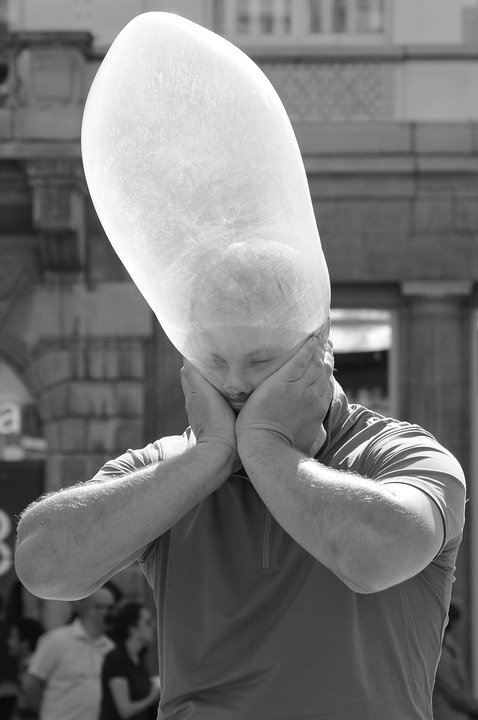
Understanding the Science of Refraction: A Beginner’s Guide
Have you ever wondered why you need glasses or contact lenses to see clearly? The answer lies in the science of refraction, a fundamental concept in optics and vision science. In this beginner’s guide, we will explore the basics of refraction and how it affects our vision.

Refraction is defined as the bending of light as it passes through different mediums. When light enters a medium with a different optical density, such as air and water or air and glass, it changes direction. This change in direction is what allows us to see objects clearly.
In the context of vision, refraction occurs when light enters the eye and passes through the cornea and lens before reaching the retina. The cornea is the transparent front surface of the eye, while the lens is a flexible structure that can change shape to focus light on the retina. Together, the cornea and lens bend incoming light rays so that they converge on the retina, forming a sharp image.

However, not everyone’s eyes are perfectly shaped or have ideal optical properties. Refractive errors, such as myopia (nearsightedness), hyperopia (farsightedness), astigmatism, and presbyopia, can occur when the cornea and lens do not focus light properly on the retina. These errors can result in blurred vision, difficulty seeing distant or close objects, and eye strain.
Myopia occurs when the eye is too long or the cornea is too curved, causing light rays to focus in front of the retina instead of directly on it. As a result, distant objects appear blurry, while close objects can be seen clearly. Hyperopia, on the other hand, happens when the eye is too short or the cornea is too flat, causing light rays to focus behind the retina. This leads to difficulty seeing close objects clearly, while distant objects may be easier to see.

Astigmatism is a refractive error caused by an irregularly shaped cornea or lens, which results in different focal points for light rays entering the eye. This can cause distorted or blurry vision at all distances. Presbyopia is a common age-related refractive error that occurs when the lens loses its flexibility, making it difficult to focus on close objects.
To correct refractive errors and improve vision, eyeglasses, contact lenses, or refractive surgery can be used. Eyeglasses and contact lenses work by adjusting the way light rays enter the eye, compensating for the eye’s natural refractive errors. Refractive surgery, such as LASIK or PRK, reshapes the cornea to improve the eye’s ability to focus light on the retina.
Understanding the science of refraction is essential for maintaining good eye health and vision. Regular eye exams can help detect refractive errors early and ensure timely treatment. By knowing how light behaves as it enters the eye and how refractive errors can impact vision, we can take steps to protect and improve our eyesight.
In conclusion, the science of refraction plays a crucial role in our ability to see the world around us. By understanding how light bends as it passes through the eye and how refractive errors can affect vision, we can appreciate the importance of good eye care and seek appropriate solutions to correct any issues. Whether you have perfect vision or need corrective lenses, knowing the basics of refraction can help you maintain healthy eyes and clear vision for years to come.

Discover more from Bibliobazar Digi Books
Subscribe to get the latest posts sent to your email.


